BepiColombo Science Data Processing & Quick-Look Analysis
- 1ESA, European Space Astronomy Centre (ESAC), Madrid, Spain (santa.martinez@sciops.esa.int)
- 2HE Space for ESA
- 3Aurora Technology BV for ESA
- 4Rhea for ESA
- 5Vega Tele-spazio for ESA
- 6SERCO for ESA
The joint ESA/JAXA BepiColombo mission to Mercury comprises two orbiters and a solar-electric transfer module, currently in a stack configuration. The BepiColombo spacecraft stack flew by the Earth on 10th April 2020 and will perform eight flybys more on its way to Mercury: two at Venus (in October 2020 and August 2021), and 6 at Mercury, starting from October 2021, before orbit insertion in December 2025. The two spacecraft host many instruments designed to study Mercury's interior structure, surface properties, close space environment, and their interplay.
Processing the telemetry received from the spacecraft on ground into science products for the archive and providing quick access and visibility of the science results to the science team are the responsibility of the ESA Science Ground Segment (SGS). Raw and calibrated science products are generated by the data processing pipelines within hours after reception of the telemetry and can be visualised through a Quick-Look Analysis (QLA) web-application. Science products are also made available in the Planetary Science Archive (PSA) to the instrument teams for detailed analysis and further processing.
This contribution will describe how the SGS data processing and quick-look analysis infrastructure, in operation since launch, has been enhanced to support the monitoring, sharing and analysis of all the scientific measurements that will be acquired during the flybys. This infrastructure includes instrument-specific calibration and reduction processing pipelines developed by the PI teams. Reduction pipelines are hosted either by the SGS or by the corresponding PI team based in a prime-redundant configuration and with a replica always available at the SGS.
The Quick-Look Analysis web-application is intended to provide rapid feedback on the content and quality of the science archive products, to support the diagnosis of pipeline or instrument issues, to facilitate the monitoring of deviations of the executed observations from the planned observations and, when possible, to feedback the result of the analysis into the different cycles of the science planning. This strategy is science-driven and offers the possibility of exploring and sharing information and plots of the science data collected by both the MPO and MMO instruments among the BepiColombo science working team members.
In addition to the Quick-Look Analysis web-application, all the spacecraft and payload housekeeping parameters are made available to the science team via a web-based user interface (WebMUST). This interface allows monitoring of the spacecraft and instrument operations in near-real time, as the telemetry arrives on ground. Pre-configured dashboards can be designed for specific needs such as monitoring the data volumes in the packet stores of the on-board mass memory (SSMM) along with the switch on of the various instruments of the BepiColombo payload.
Despite the limited science capabilities of the spacecraft in cruise configuration (as the boresight of many instruments is partially or fully blocked by the Mercury Transfer Module), several instruments will perform calibration and scientific measurements during flybys. Some examples of how the science observations can be monitored with the tools developed by the SGS will be presented. The main goal of these tools is to make available to the science team all the information relevant for the post-analysis of the executed observations and to capture and preserve this knowledge for the future users of the BepiColombo data in the scientific community.
How to cite: Martínez, S., Bentley, M. S., Cornet, T., Cuevas, M. A., Fajersztejn, N., Freschi, M., Galán, D., Gallegos, J., Macfarlane, A. J., Vallejo, F., Ortiz de Landaluce, I., and Villacorta, A.: BepiColombo Science Data Processing & Quick-Look Analysis, Europlanet Science Congress 2020, online, 21 September–9 Oct 2020, EPSC2020-661, https://doi.org/10.5194/epsc2020-661, 2020

